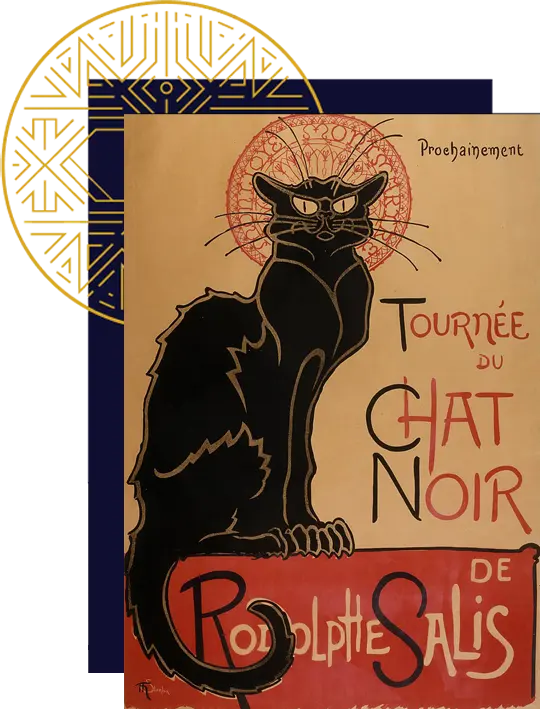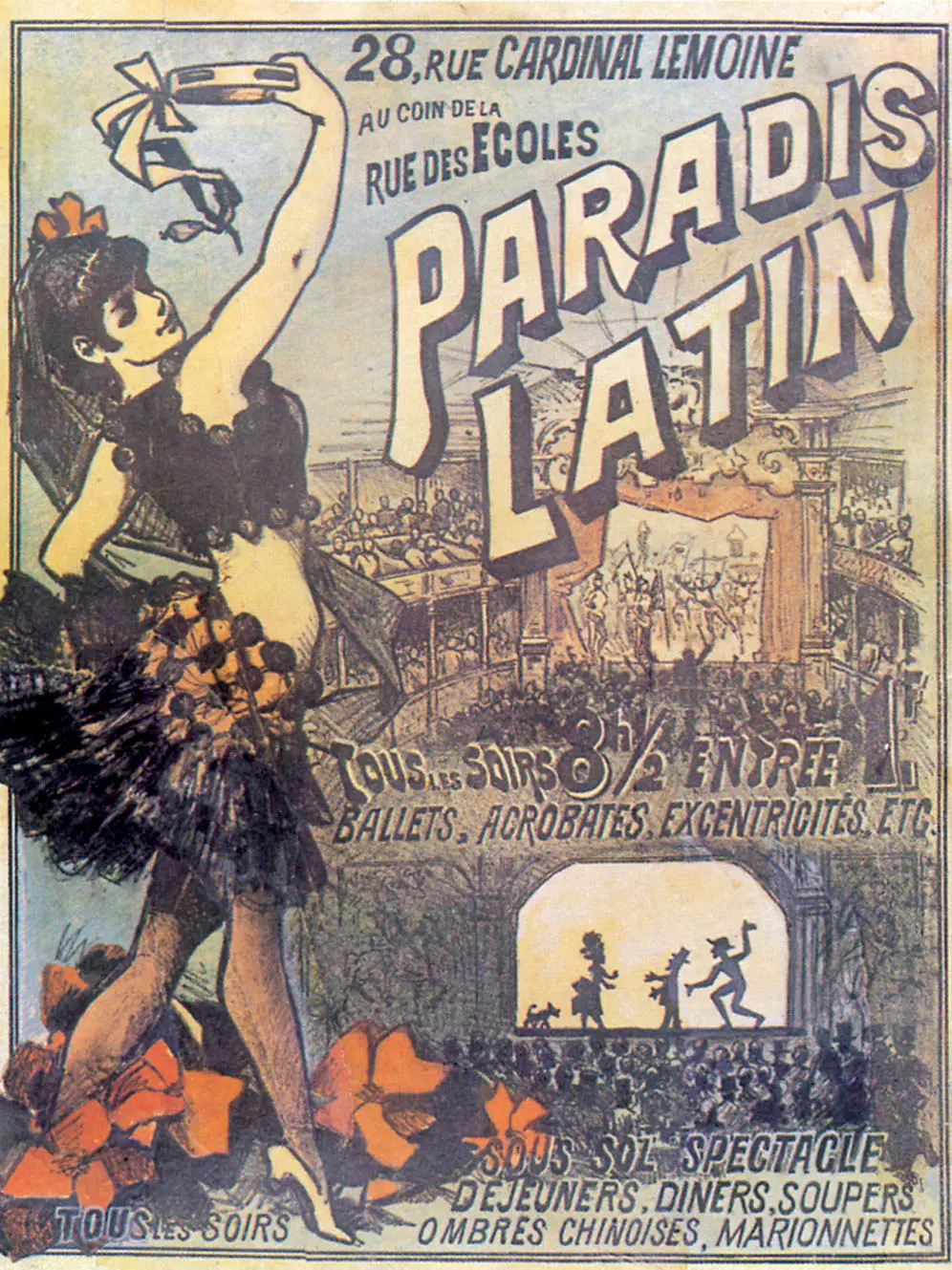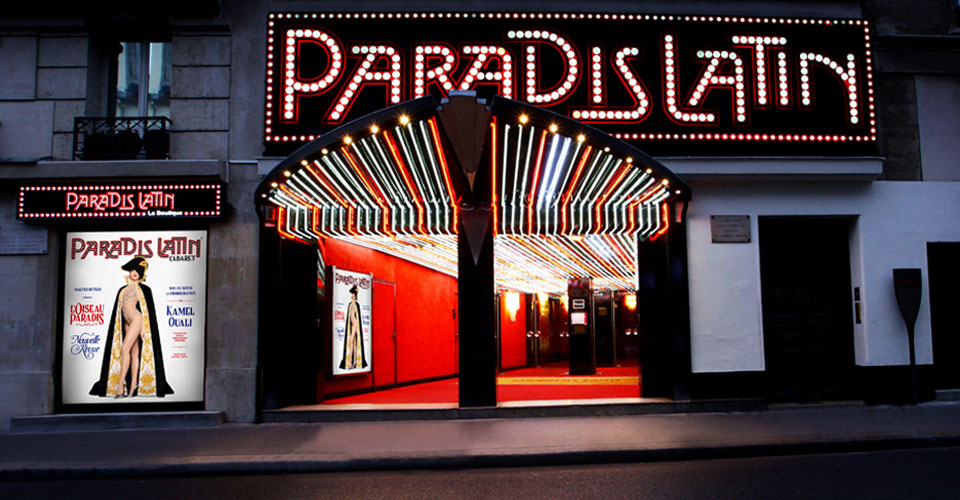- Home
- /
- History of Parisian cabarets
History of Parisian cabarets
A brief history of cabaret in Paris
Cabarets are an integral part of the cultural and artistic history of Paris. These places of revelry and festivities have been opening their doors to the curious for nearly 150 years. With their thrilling shows that are accompanied by food and drinks, they embody entertainment at its finest. A look back at the history of Parisian cabarets from their creation to the present day.

The origins of cabaret
Initially, and until the second half of the 19th century, cabarets were places that provided food and drink. In the French capital, there were three types of cabarets:
- the pot and pint cabarets which only served drinks;
- the pot and plate cabarets which also served food;
- the inns which also welcomed customers to sleep.
The history of Parisian cabarets evolved in 1881, when a man, Rodolphe Salis, created the Chat Noir in Montmartre. He had the idea to supplement the meals with a range of entertainment: poetry readings, shadow theater, songs and comic sketches. Salis presented each performance himself, and he liked to use political satire in his introductions. Le Chat Noir was a huge success. The concept of providing food, drinks and shows in an atmosphere which challenged bourgeois morality quickly spread across Paris. It was the birth of the cabaret as we still know it today!
Discover L’Oiseau Paradis, the show of the Paradis Latin, the oldest cabaret in Paris.
The history of Parisian cabarets during the Belle Époque
Cabarets abounded in Paris at the end of the 19th century, at the same time as the 100th anniversary of the French Revolution was celebrated. Parisians had a good time, ignoring bourgeois social conventions. On the Left Bank, the lighthearted and festive spirit of cabaret spread in Montparnasse and the Latin Quarter. On the Right Bank, it was in Pigalle and Montmartre that burlesque shows flourished.
At the turn of the 20th century, cabarets thrived at the same time as the glamorous years. They took advantage of the excitement of the Belle Époque. The economy was flourishing, life was peaceful, French people had money to spend and wanted to have fun. The low prices of the cabarets enabled artists, intellectuals, bourgeois and workers to meet in the same place.
Dancers, singers, jugglers, clowns and other artists went on stage and thrilled the public in search of entertainment. Several kind of performances were mixed: dance and song, comedy and theater, drag shows, burlesque stripping. The whole Paris was fascinated by the carefree shows of the cabarets. The French Cancan was fashionable and the emancipation of women began. Cancan dancers, such as La Goulue, were immortalized in Toulouse-Lautrec’s paintings.


The Paradis Latin, the oldest cabaret in Paris
The Paradis Latin, the oldest cabaret in Paris, was a major part of this effervescence and of the history of Parisian cabarets.
Located in the heart of the Latin Quarter, a few steps from Notre Dame and the Pantheon, the history of the Paradis Latin has begun in the early 19th century when Napoleon decided to build a theater to replace the Cardinal Lemoine College in 1803.
The Latin Theatre was hit by a shell during the Franco-Prussian war of 1870. In 1889, the year of the Universal Exhibition in Paris, it was rebuilt by Gustave Eiffel. The Paradis Latin cabaret was born and has become a renowned entertainment venue.
The history of Parisian cabarets is closely linked to the identity of Paris. The Paradis Latin has a solid reputation. This contemporary cabaret now offers breathtaking revues that perpetuate the tradition of cabaret shows of the Belle Époque, while being adapted to the modern times.







